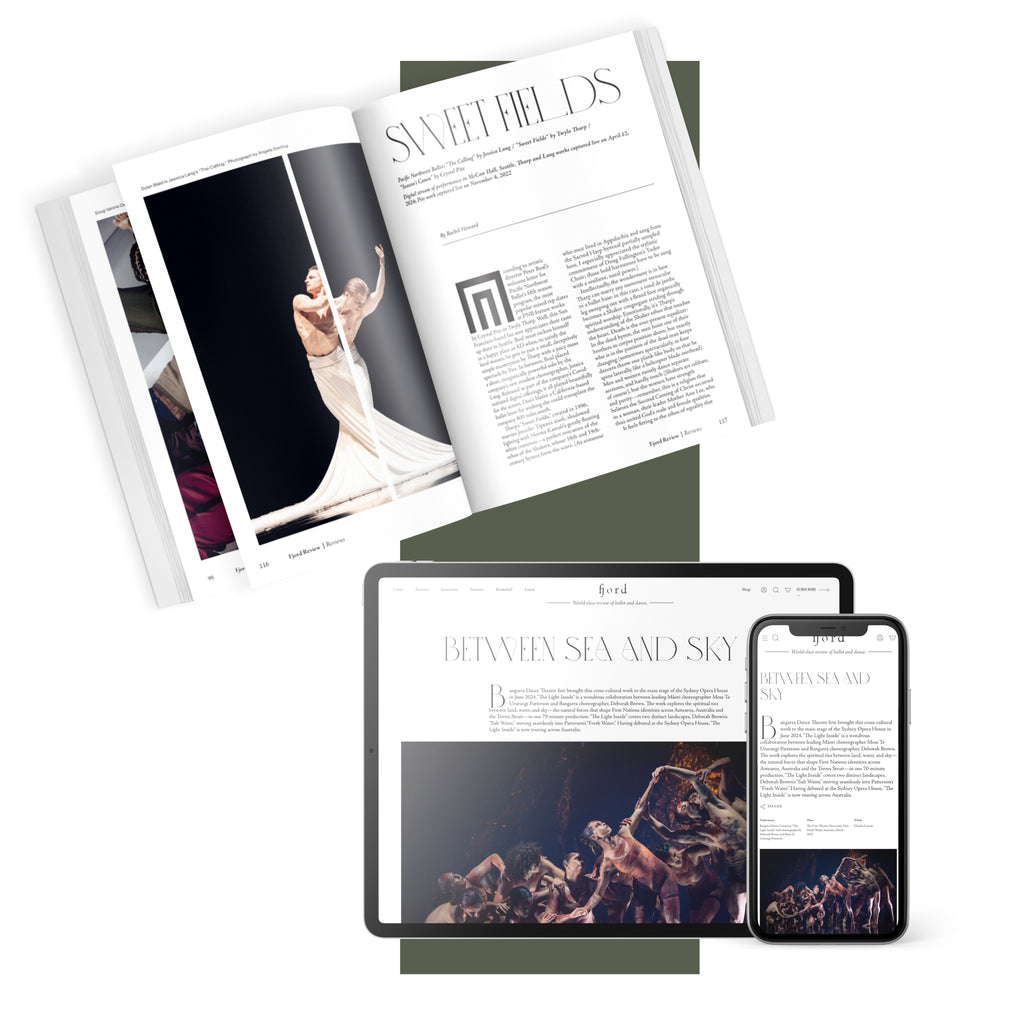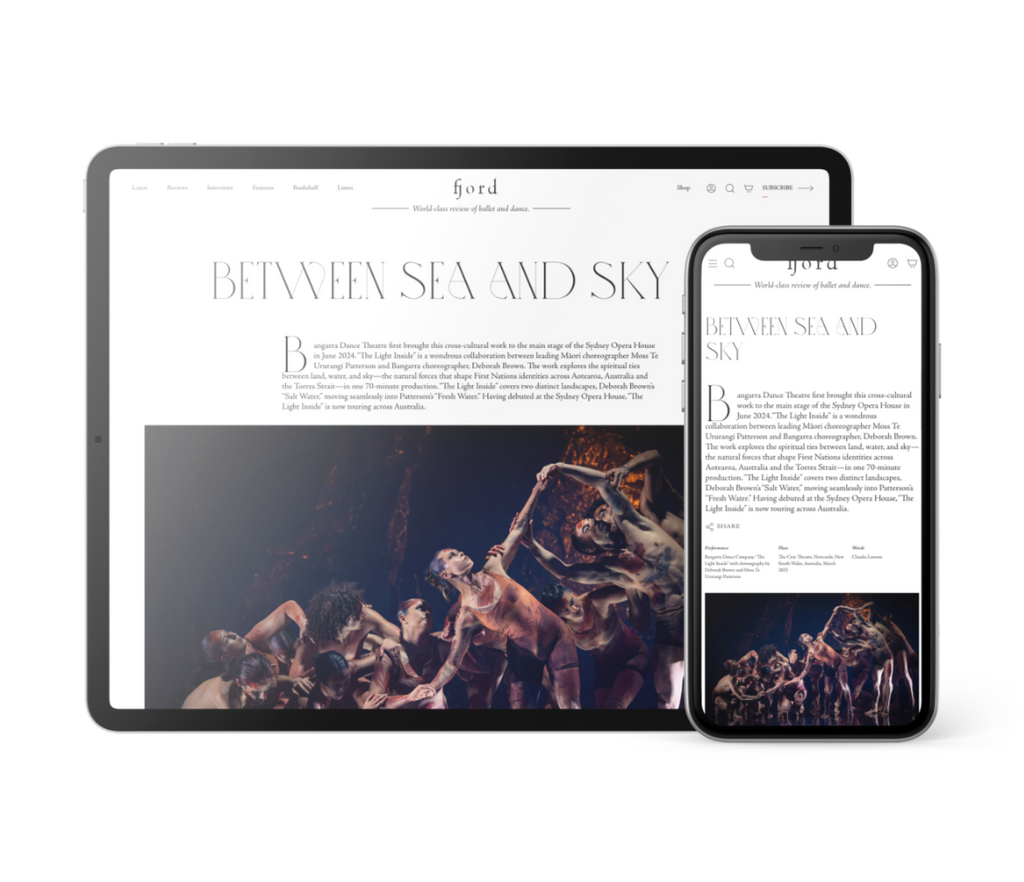Talent Time
It’s “Nutcracker” season at San Francisco Ballet—36 performances packed into three weeks—which means that the company is currently serving two distinct audiences.
Plus
World-class review of ballet and dance.
Jacqulyn Buglisi is not one to shy away from big ideas. For the thirtieth season of the company founded by four of the last generation to have worked directly with Martha Graham, Buglisi takes on human rights, world peace, forbidden love, and climate crisis in a program of seven works, including three premieres. There’s much to respect in the female-centric work and age-positive artists that Buglisi Dance Theatre presented at Ailey’s Joan Weill Center for Dance. It’s also a lot for a two-hour show.
Performance
Place
Words



“Uncommonly intelligent, substantial coverage.”
Your weekly source for world-class dance reviews, interviews, articles, and more.
Already a paid subscriber? Login

It’s “Nutcracker” season at San Francisco Ballet—36 performances packed into three weeks—which means that the company is currently serving two distinct audiences.
PlusLast week I caught up with choreographer Pam Tanowitz and Opera Philadelphia’s current general director and president, countertenor Anthony Roth Costanzo to talk about “The Seasons,” the company’s latest production premiering at the Kimmel Center’s 600-plus seat Perelman Theater on December 19.
PlusIf Notre-Dame remains one of the enduring symbols of Paris, standing at the city’s heart in all its beauty, much of the credit belongs to Victor Hugo.
PlusWhen dancer and choreographer Marla Phelan was a kid, she wanted to be an astronaut. “I always loved science and astronomy,” Phelan said.
Plus
comments